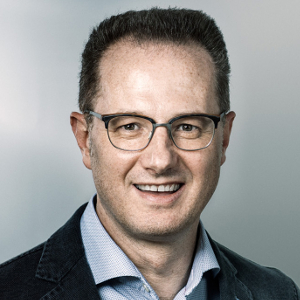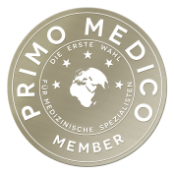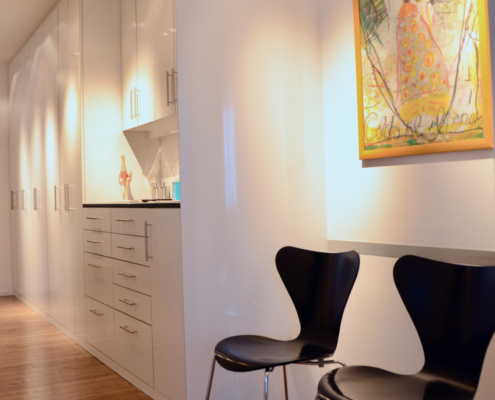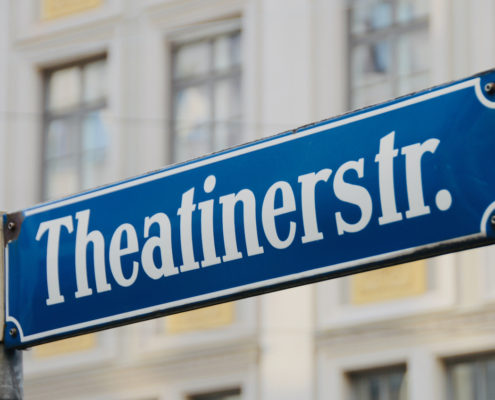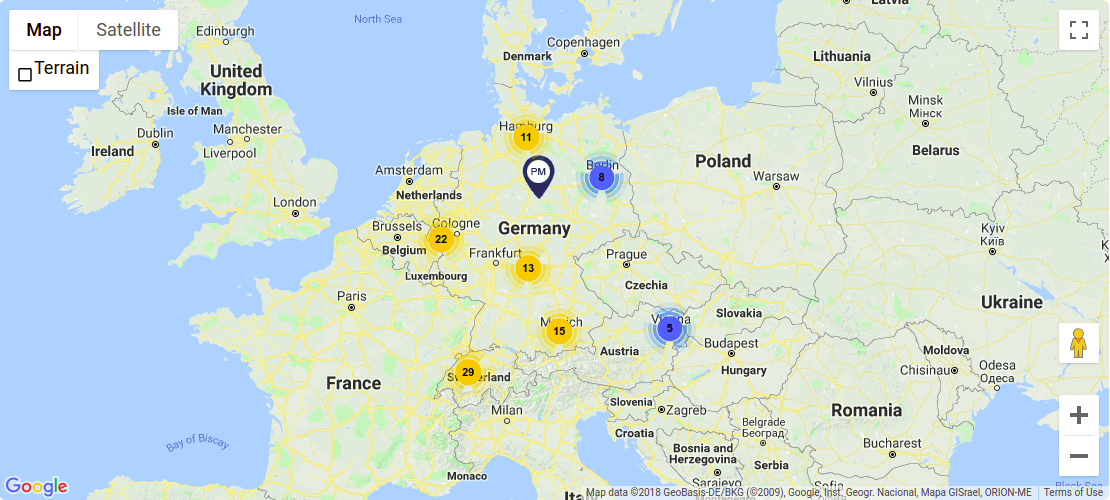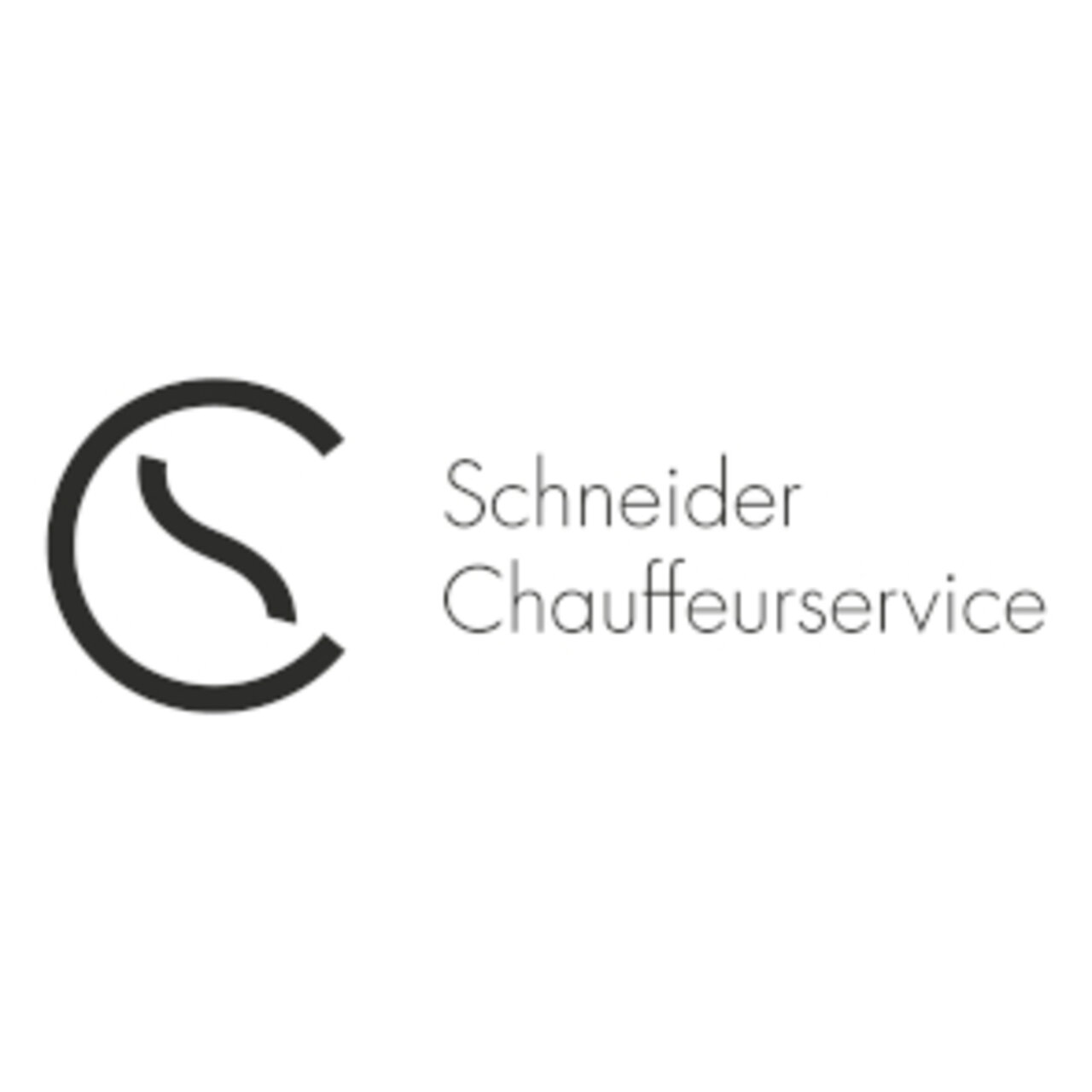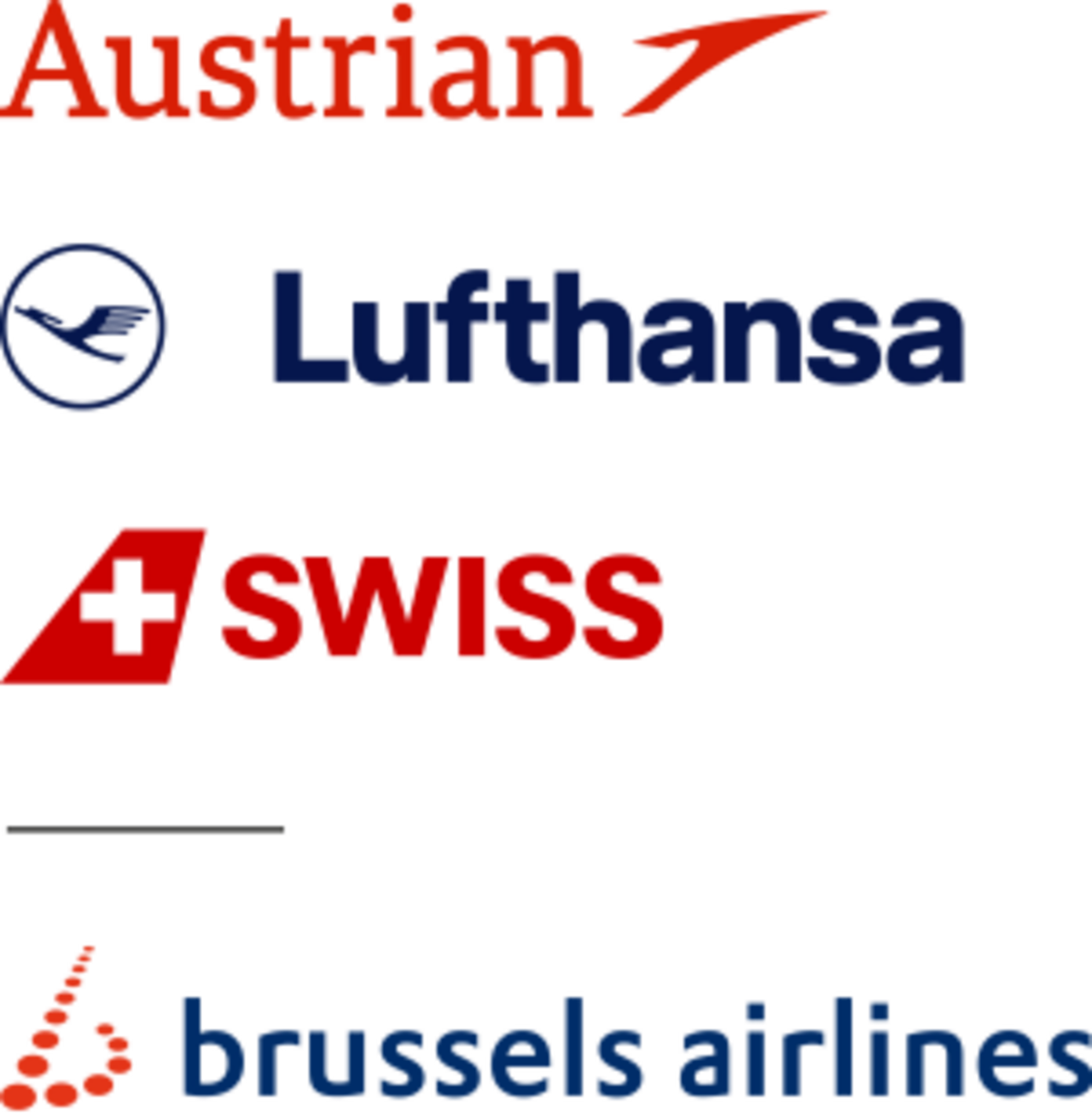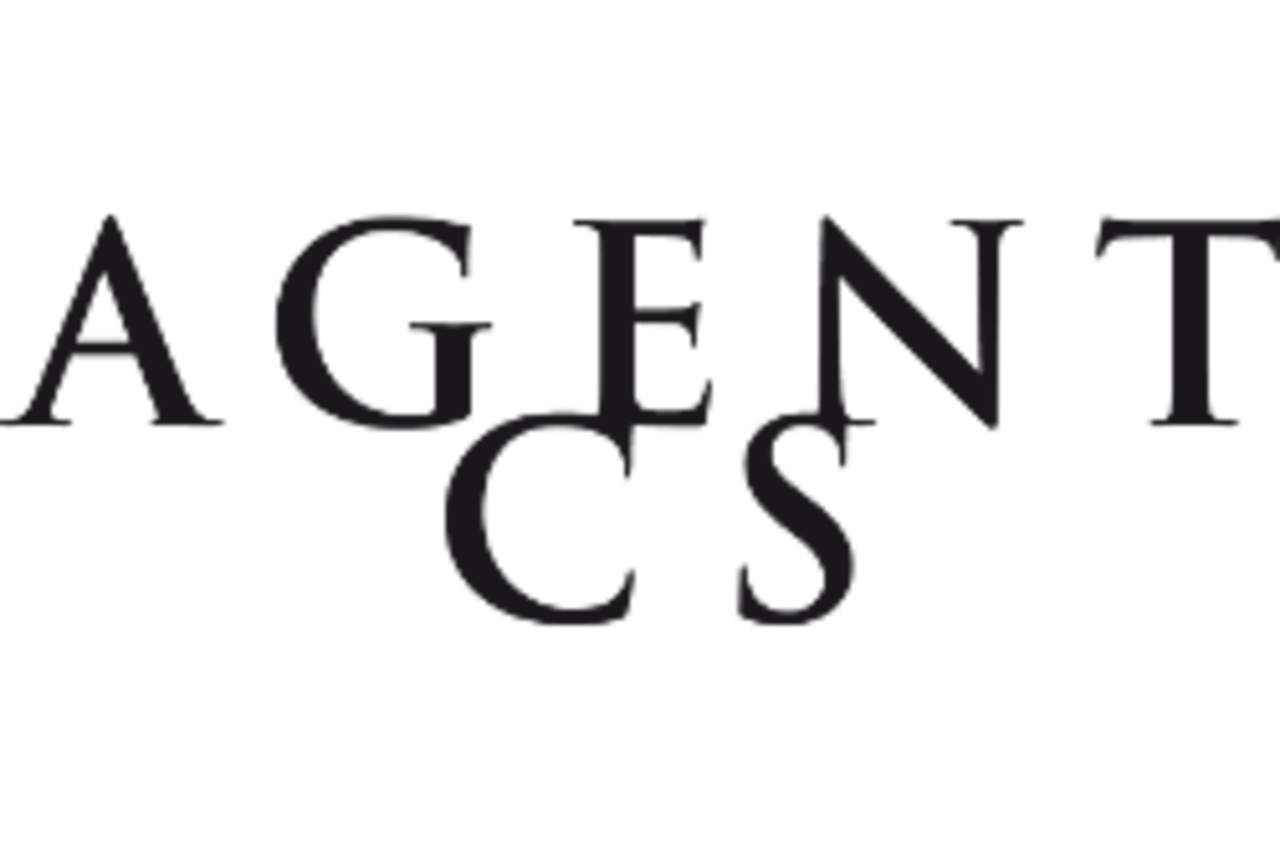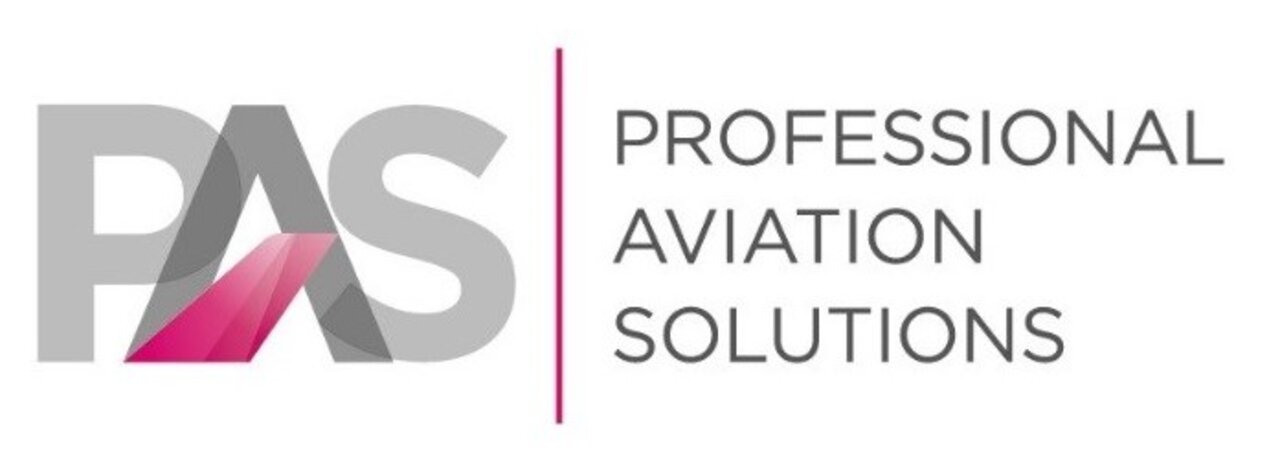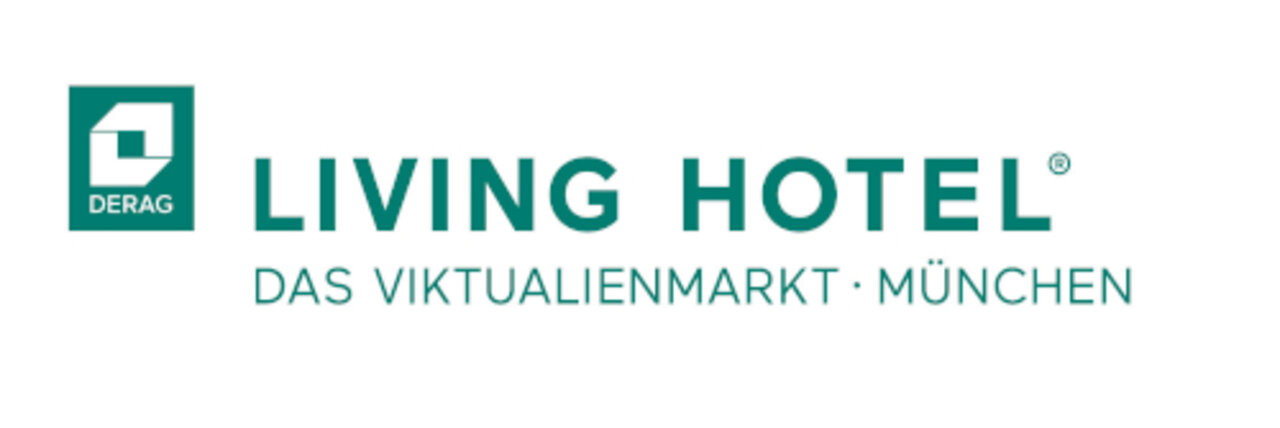Sports Orthopedics Munich (Bavaria): Dr Ulrich Geitner
Treatment focus
- Sports injuries and overuse
- Degenerative diseases and injuries to the knee, ankle, and other joints (hip, wrist, thumb, etc.): Arthrosis, cartilage damage, meniscus lesions, runner's knee, cruciate ligament rupture, ligament injuries, syndesmosis rupture, hip impingement, etc.
- Degenerative diseases and injuries to the shoulder joint: Impingement syndrome, bursitis, calcific shoulder, acromioclavicular joint arthrosis and separation, rotator cuff rupture, shoulder dislocation, clavicle fracture
- Tennis or golfer's elbow
- Chronic inflammation of tendon insertions
- Heel spur and plantar fasciitis
- Spine and functional blockages
- Muscle injuries and myogelosis
Contact
Orthopedics at the Center
Theatinerstr. 1 (Schäfflerhof), 80333 Munich (Entrance via Schäfflerstr.)
P: +49 89 8967 47 62(Private patients & self-insured) F: +49 89 82 00 00 90
Consultation Hours:
| Mon-Thu: | 8:00 AM - 6:00 PM |
| Fri: | 8:00 AM - 1:00 PM |

Medical Range
Range of Diagnostic Services
- Comprehensive medical history and examination
- Ultrasound
- Digital X-ray
- MRI, CT/DVT
Range of Therapeutic Services
- Cartilage damage to the knee and hip joint
- Impingement syndrome of the shoulder and hip
- Shoulder and wrist injuries
- Calcified shoulder
- Acromioclavicular joint arthrosis and shoulder separation
- Tennis or golfer's elbow
- Heel spur
- Spinal column
- Sports traumatology
More Information
Card
Dr Ulrich Geitner is an orthopedics, trauma surgery, sports orthopedics, and traumatology specialist and co-owner of the Orthopädie im Zentrum practice at Theatinerstr. 1 (Schäfflerhof, entrance via Schäfflerstr.) in Munich.
Eye-level patient contact is the be-all and end-all for Dr Geitner when it comes to sustainably successful treatment, which is based first and foremost on a correct diagnosis through a detailed patient consultation and a thorough physical examination. Further diagnostics are then targeted to develop an individual treatment plan. Surgical therapies are only considered when freedom of movement without pain cannot be restored with conservative treatment.
Sports Orthopedics Munich: Individual Therapies with the Specialist in Sports Traumatology
After completing his training as an orthopedics and trauma surgery specialist at the Klinikum Großhadern of the LMU in Munich, Dr Ulrich Geitner treated numerous athletes as a senior physician at the Sports Orthopedics Bern in Switzerland. Especially for competitive athletes, complete freedom from symptoms with intact joint function is, of course, crucial for further success. This treatment goal can usually be achieved through individual therapy planning and precise implementation.
Dr Ulrich Geitner sees himself as an orthopedic surgeon and doctor who actively listens to his patients and takes a careful medical history in a detailed consultation to offer his patients the best possible treatment.
State-of-the-Art Medical Diagnosis & Treatment of Sports Injuries
Dr Ulrich Geitner uses state-of-the-art equipment to diagnose and treat orthopedic diseases and injuries. This also includes digital X-ray technology, radial and focused shock wave therapy, and ACP therapy (also known as PRP therapy or autologous blood).
Surgery is not absolutely necessary for all of the sports injuries. Depending on the age, the level of demand, or the healing process, stability and freedom from pain in the joint can also be achieved with targeted strengthening of the surrounding muscles.
As Dr Ulrich Geitner knows the high value of innovative and traditional medicine, the practice also offers all modern conservative treatment methods. Every treatment aims to alleviate the pain symptoms to eliminate relieving postures and avoid surgeries as much as possible.
Dr Geitner also has additional qualifications in acupuncture to treat lumbar back pain and arthritic processes, particularly with complementary medical measures.
Proficient Help for Injuries and Degenerative Diseases of the Shoulder and Hand
In contrast to the hip and knee joints, the shoulder and wrist joints are much less frequently affected by degenerative cartilage degeneration due to the lower mechanical load caused by gravity. Injuries or joint instability occur more frequently after accidents due to reduced bony support. If the humerus is levered out of its socket on the shoulder blade, impingement or tearing of one or more muscles of the so-called rotator cuff often occurs. These attach in a ring around the humerus and stabilize it firmly on the shoulder blade. The shoulder joint can dislocate repeatedly if an injury results in a rotator cuff tear or other joint structures. Recurrent shoulder dislocations can be treated surgically in addition to physiotherapy exercises to restore the joint's stability even in weight-bearing situations. Surgical intervention is possible through a tiny skin incision ("mini-open technique") or even as part of a minimally invasive joint endoscopy. As a DAV (German Alpine Association) trainer B for mountaineering, Dr Geitner is familiar with the specific injuries and overloads associated with classic mountaineering, alpine touring, and climbing.
Treatment of Shoulder Impingement Syndrome
Subacromial impingement syndrome is defined as an impingement of the bursa, tendons, or other soft tissue structures under the acromion, a bony protrusion that limits the shoulder joint at the top. A calcific shoulder or acromioclavicular joint arthrosis can also cause impingement due to calcification or inflammatory swelling. If the arm is now raised sideways, forwards, or backward, for example, when wearing a car seatbelt, the soft tissue structures between the humerus and the acromion are compressed, causing pain in the upper arm and neck. If the tendon of the supraspinatus muscle is trapped, lifting the arm above shoulder height is also severely restricted.
Initially, conservative methods are the treatment of choice. In addition to painkillers, pain ointments, or local injections into the joint, radial and focused shock wave therapy (ESWT) combined with continuous physiotherapy is the most important cornerstone of successful treatment. Surgery, such as removing a calcium deposit, may only be advisable in severe cases.
High Level of Expertise in Shockwave Therapy
Extracorporeal shock wave therapy is a highly effective and gentle procedure for relieving pain in the musculoskeletal system. The device from Switzerland emits intense pressure waves that penetrate the tissue and activate the body's metabolism at the location of the inflammation. The local production of anti-inflammatory messenger substances promotes the healing process and the body's repair processes, just as with autologous blood therapy using ACP.
This procedure is used for many different complaints in the musculoskeletal system. There is an excellent study situation for treatment with shock wave therapy, particularly for heel spur disorders, i.e., ossification or calcification of the tendon insertion under the heel bone. Shockwave therapy is also widely used for similar conditions, such as calcified shoulder or tennis or golfer's elbow, which often occurs because of chronic overstraining of tendons in the forearm due to excessive training.
Please visit the website of Orthopädie im Zentrum in Munich for more information
Curriculum Vitae
Academic Studies
- Friedrich-Alexander-Universität in Erlangen
- Università degli Studi di Parma/Italien as Part of the ERASMUS Funding Program of the European Union
Doctorate
- University Hospital for Children and Adolescents, Erlangen (Prof Dr J.P. Guggenbichler, 1998)
Steps in Medical Specialist Training
- Intern, Orthopedic and Trauma Surgery Department, Bad Tölz Städtisches Krankenhaus (Dr C. Buchert and Dr N. Nguyen)
- Assistant Physician, Medical Park Chiemsee, Institute for Orthopedic Diagnostics, and Sports and Preventive Medicine (Prof Dr H. Krahl)
- Assistant Physician, Surgical Department, Kreiskrankenhaus Prien am Chiemsee (Prof Dr J. Stadler)
- Scientific Assistant, Orthopedic University Hosptial Großhadern, LMU University Hospital (Prof Dr. Dipl-Ing V. Jansson), Now Musculoskeletal Center of the LMU (Prof Dr Boris Holzapfel)
Professional Career
- Senior Physician in the Sports Orthopedics Department in Bern (Head Physician Dr O. Gorschewsky)
- Since 2008, in his Own Orthopedic Practice in Munich, from April 2008 until June 2023 as Co-Founder and Co-Owner of Orthopädie at the Viktualienmarkt and since 2024 at Orthopädie im Zentrum
Special Qualifications
- Additional Qualifications in Sports Medicine, Chiropractic/Manual Medicine, Acupuncture, Emergency Medicine
- Many Years of Emergency Physician Occupation in Upper Bavaria
- Basic Psychosomatic Care
- Authorization for Further Training in Orthopedics and Trauma Surgery and Specialist Skeletal X-Ray Diagnostics
- Specialist Knowledge in Radiation Protection X-Ray and CT
- Expert Knowledge in X-Ray Diagnostics Skeleton and CT
- DEGUM Certificates in Sonography of Musculoskeletal Organs and Infant Hips
- Medical Care of numerous Swiss top athletes (e.g., Bern Grizzlies) and the Nuremberg Section of the German Alpine Association
- Teaching at the State Professional School for Massage at the University Hospital in Munich and the Harvard Medical International of the LMU Munich
- Tropical Medicine Course at the Bernhard Nocht Institute for Tropical Medicine in Hamburg
Extras
- Well-Equipped Practice in the Center of Munich, just a Short Walk from Marienplatz, Fünf Höfe and Theatinerkirche/Odeonsplatz
- Dr Geitner speaks English, Italian and French
Transport Connections
| Munich Marienplatz Suburban Train/ U-Bahn | 0.2 km |
| Munich Main Station | 1.3 km |
| Munich Airport | 35 km |
Information about Munich
Bavaria's capital is the third largest city in Germany and is located far to the south in the foothills of the Bavarian Alps. The proximity to the Alps makes Munich a location for winter and hiking sports, but there are many lakes and royal castles in the surrounding area, providing the city with other attractive leisure destinations. Located to the left and right of the mountain river, the Isar, the city itself offers quite a few opportunities for recreation in the interior. In the center, the old town, founded in 1158, is marked by the former city gates.

